Measure the pH of the soil it is an operation that, with the necessary precautions, is within everyone’s reach.
We have already told you about the meaning of chemical reaction of the soil (pH) and its implications on agricultural crops.
In this article we want to focus our attention on the artisanal measurement of this important value. Usually this operation is entrusted to the analysis laboratories, a recommended choice in the case of large plots of land and therefore large investments.
In the home garden, on small plots, however, the pH measurement can be done independently. This can save us significant economic outlays.
So let’s see how to measure the pH of the soil and what we need.
Measure the pH of the soil with litmus papers
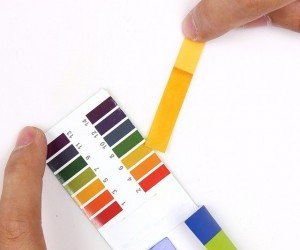 The simplest method to measure the pH of the soil is the one that involves the use of litmus papers (or colorimetric papers). Not everyone knows that litmus is a dye of plant origin, which is extracted from lichens. This dye is used in chemistry on special supports, ie strips of paper called “litmus papers”. The papers change color in relation to the pH of the environment in which they are placed. This feature makes them an excellent indicator for establishing the chemical reaction of the soil.
The simplest method to measure the pH of the soil is the one that involves the use of litmus papers (or colorimetric papers). Not everyone knows that litmus is a dye of plant origin, which is extracted from lichens. This dye is used in chemistry on special supports, ie strips of paper called “litmus papers”. The papers change color in relation to the pH of the environment in which they are placed. This feature makes them an excellent indicator for establishing the chemical reaction of the soil.
The color of the paper will be green with neutral pH, more or less red in an acidic environment, blue in a basic environment. It won’t give us an accurate measurement, but it will still provide a reliable reference for assessing the acidity or alkalinity of the earth. So such an instrument is an effective pH meter. If you are interested you can buy it with ease here.
Procedure for measuring the pH of the soil
What is needed
To measure the pH of the soil, in addition to litmus papers, we need:
How does it work
The pH of the soil is measured on the aqueous suspension of the soil sample and distilled water with a weight / volume ratio of 1: 2.5. To understand better, every 100 g of soil you need 250 ml of distilled water to prepare the aqueous suspension.
It is very important to respect these proportions, which are a standard in the scientific community, as the lower the pH is the lower the soil / water ratio.
How to proceed
To have an accurate indication of the pH measurement of the soil, it is necessary to choose the right sample to be analyzed.
First of all, you must avoid picking up the soil in areas that have recently been fertilized, for example with wood ash, compost or earthworm humus. Taking the earth in these areas with fresh fertilizer alters the result.
It is therefore necessary to identify a resting area, preferably in the center of your own plot farmland.
With a spade we dig a hole deep enough and take the soil sample at a depth of about 20-25 cm.
At this point we make the earth fine through a sieve or an old colander. Once the earth is refined, we take the quantity we need and put it in the glass container. Now let’s add the distilled water and start mixing.
It is necessary to waste some time in this phase and mix regularly for at least 15 minutes. We then let the sample rest, closing the glass jar and waiting for the earth to settle on the bottom. At this point, it is good to let at least another 30 minutes pass.
At the end of the procedure we are ready for the measurement, which takes place by immersing the litmus paper in the aqueous suspension. Dive times and test results must follow the instructions on the map.
For a more precise and reliable result, we recommend carrying out more measurements and in different points of the terrain.
Measurement of soil pH by potentiometric method
In analytical laboratories, measuring the pH of the soil follows a similar procedure, but less empirical and more standardized. The most reliable measurement is the potentiometric one, which takes place with the use of pH-meters. These are instruments equipped with electrodes with a glass membrane, which measure the electrical charge of the acid and alkaline ions of the soil.

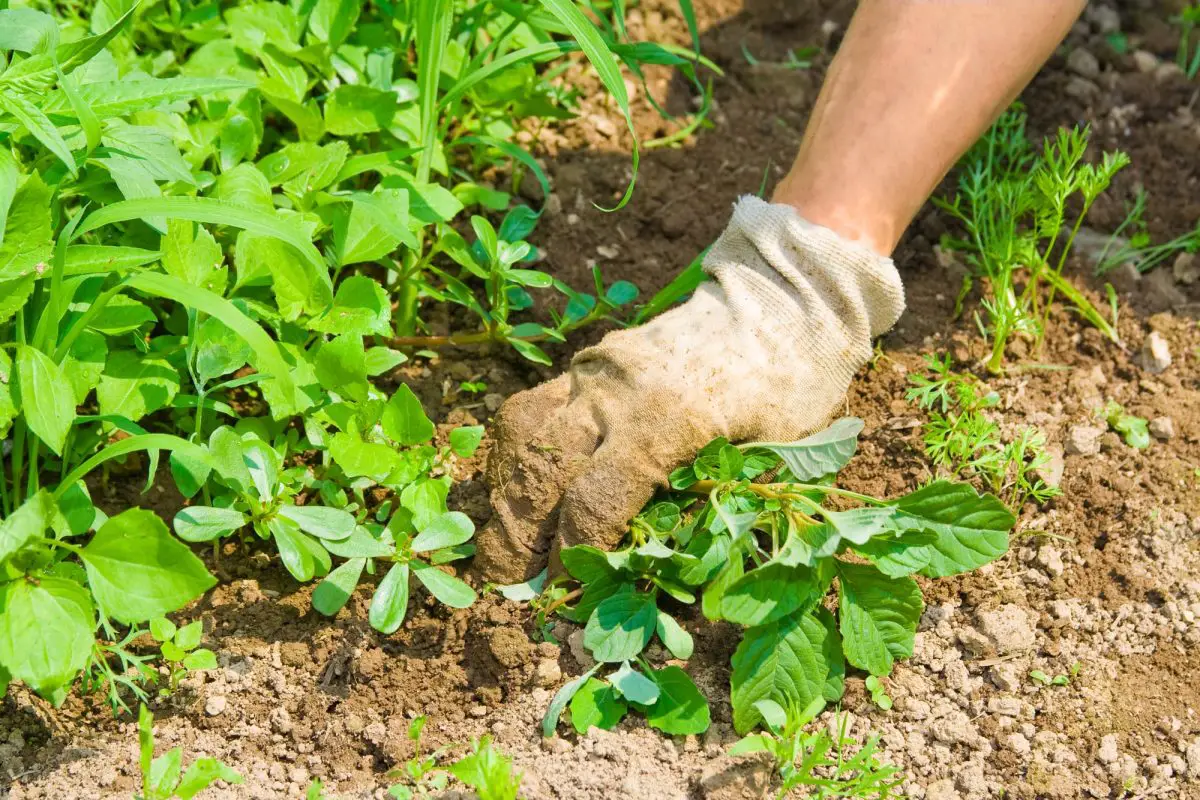
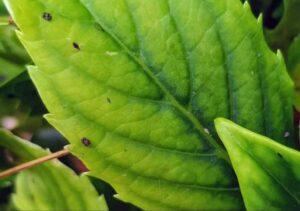


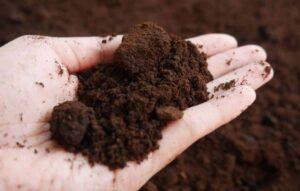
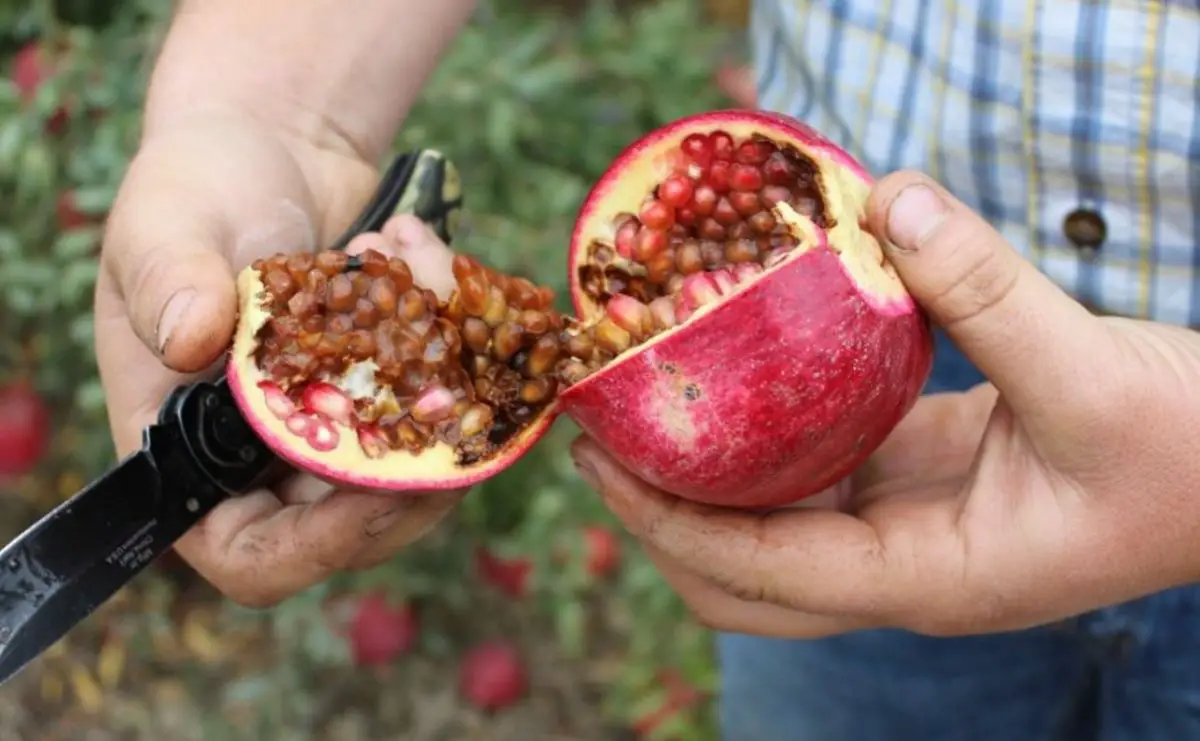
Start a new Thread